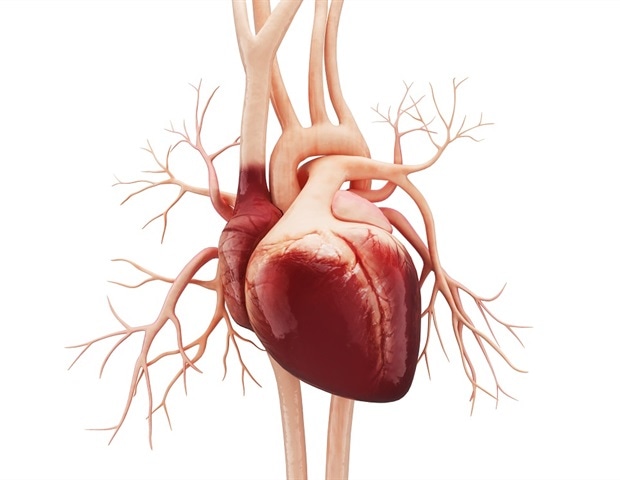New research in Sweden has produced a “blueprint” revealing how the human heart is built during prenatal development. It offers insights that could lead to improved prenatal care and new treatments for heart defects, such as holes…
Heart ‘blueprint’ offers insights into fetal development and congenital defects
